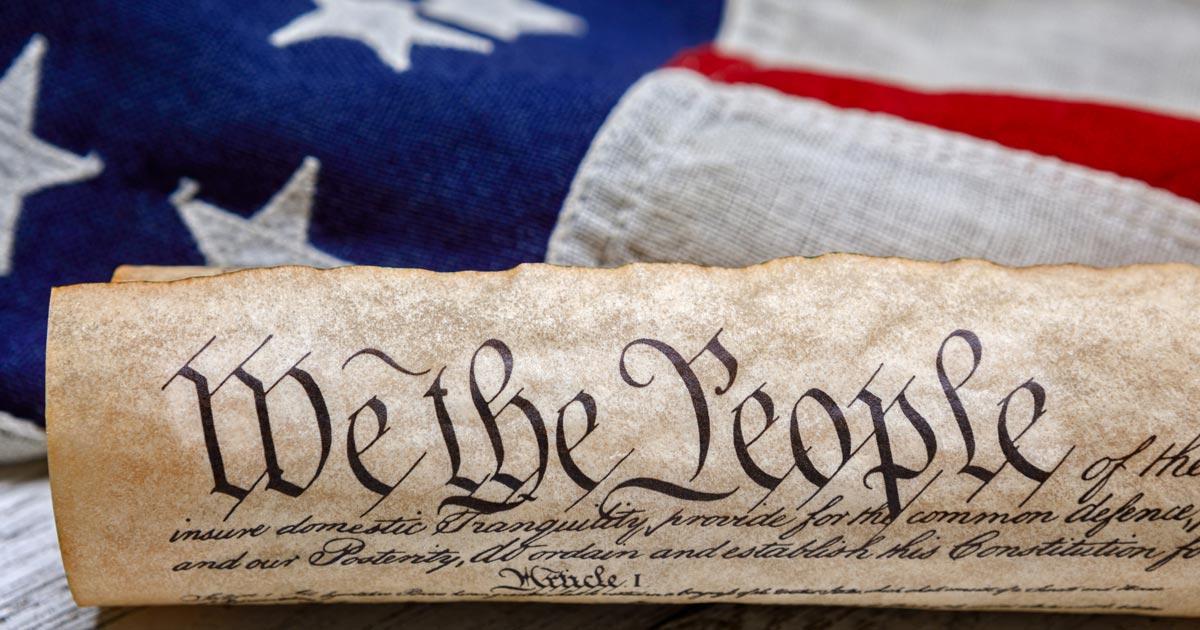The Constitution had been ratified and was going into effect, and the next great question before the country was the spate of amendments which the Federalists had reluctantly agreed to recommend at the state conventions. Would they, as Madison and the other Federalists wanted, be quietly forgotten? The Antifederalists, particularly in Virginia and New York, would not permit that to happen and the second convention movement, led by Patrick Henry and George Mason in Virginia and proposed by the New York convention circular letter, was the Antifederal goal. Already the circular letter had won approval from Virginia, North Carolina, and Rhode Island. A second convention would reopen the whole question of the Constitution and allow restrictive amendments and alterations which could severely weaken the rampant nationalism of the new government of the United States. For the same reason, a second convention was precisely what the victorious Federalists had to prevent at all costs.
The Federalists, of course, wanted no part of any amendments or reminders of their promises, and Senator Ralph Izard, wealthy Federalist planter of South Carolina, expressed their sentiments at the first session of Congress when he urged his colleagues to forget about their amendments and get down to problems of finance.
James Madison, who defeated James Monroe in the Virginia elections to the House of Representatives and assumed the leadership of the Federalists in Congress, abhorred the concept of a bill of rights. But as a shrewd political tactician, he realized that the second convention movement could swell to formidable proportions. To avoid a potential crippling of the essentials of American nationalism, Madison decided that it was better to make some concessions right away and thus pull the teeth out of the drive for an overhaul of the Constitution before it really got underway. Madison also had a powerful political motive for making such concessions. Antifederalism was powerful in Virginia, as had been demonstrated in Henry’s almost successful attempt to keep the hated Madison out of Congress altogether. If he was to save his political hide in his home state, Madison had to act, quickly, and in his hard-fought election campaign he had pledged to work for such amendments in Congress.
The approximately 210 amendments proposed by the states were of two basic kinds: a bill of rights for individuals and statehood reform to battle federal power. Typical of the former was trial by jury; of the latter was two-thirds requirement for passing a navigation law. The former did not alarm the Federalists nearly as much as the latter, for the former would leave intact a supreme national power, banned only in specific instances from making certain incursions on the perceived liberty of the individual. But the statehood amendments could cut aggressively into the very political and economic vitals of the national juggernaut and battle it effectively from within that power structure itself. The structural amendments would have expanded the libertarian scope of the bill of rights from personal liberties alone to the political and economic. This…
